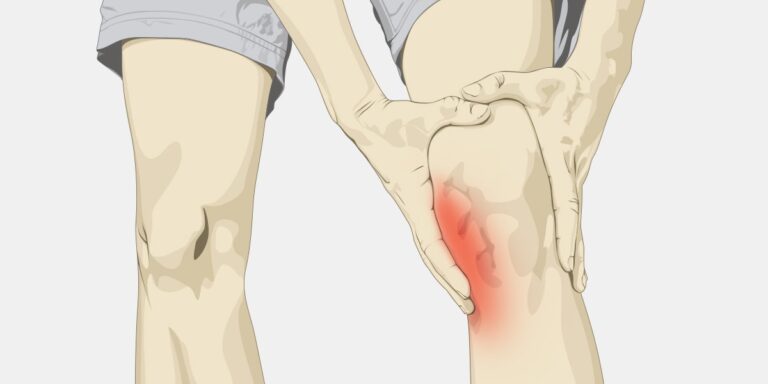
Introduction:
Inner knee pain can be a perplexing and debilitating condition that affects individuals of all ages and activity levels. Understanding the causes, recognizing the symptoms, and exploring the available treatment options are crucial steps towards finding relief and restoring normal function. In this article, we will delve into the world of inner knee pain, shedding light on its mysteries and providing valuable insights for those seeking answers.
Section 1: Understanding Inner Knee Pain
Inner knee pain refers to discomfort or soreness experienced on the inner side of the knee joint. It can occur due to various factors, including injuries, overuse, underlying medical conditions, or anatomical abnormalities. The first step in managing inner knee pain is to identify its root causes. By understanding the underlying factors, individuals can make informed decisions about appropriate treatment and preventive measures.
Section 2: Common Causes of Inner Knee Pain
Several common causes contribute to inner knee pain. These include:
- Medial Meniscus Tear: An injury to the medial meniscus, the cartilage pad on the inner side of the knee, can cause sharp or dull inner knee pain.
- Medial Collateral Ligament (MCL) Injury: An MCL injury, often resulting from a direct blow or sudden twisting motion, can lead to inner knee pain, instability, and swelling.
- Patellofemoral Pain Syndrome: This condition occurs when the patella (kneecap) doesn’t move smoothly, causing pain and discomfort, especially on the inner knee.
- Osteoarthritis: Inner knee pain can also be a symptom of osteoarthritis, a degenerative joint disease that causes the breakdown of cartilage.
Section 3: Symptoms of Inner Knee Pain
Recognizing the symptoms of inner knee pain is essential for accurate diagnosis and treatment. Common symptoms include:
- Pain or tenderness on the inner side of the knee.
Swelling and inflammation.
2. Difficulty or discomfort while walking, climbing stairs, or bending the knee.
3. Clicking or locking sensation in the knee joint.
4. Instability or a feeling that the knee may give way.Section 4: Treatment Options for Inner Knee Pain
Treatment for inner knee pain depends on the underlying cause and severity of the condition. Common treatment options include:
Rest and Ice: Applying ice packs and resting the knee can help reduce pain and inflammation.
Physical Therapy: Targeted exercises and stretches can strengthen the knee muscles and improve flexibility.
Medications: Over-the-counter pain relievers and anti-inflammatory drugs may provide temporary relief.
Knee Bracing: Using knee braces or supports can help stabilize the knee and alleviate pain during physical activities.
Injections: Corticosteroid or hyaluronic acid injections may be recommended to reduce pain and inflammation.
Surgical Interventions: In severe cases, surgical procedures such as arthroscopy or knee replacement may be necessary.
Conclusion:
Inner knee pain can significantly impact one’s quality of life, but understanding its causes, recognizing the symptoms, and exploring appropriate treatment options can pave the way towards effective management. If you experience persistent or worsening inner knee pain, it is crucial to consult a healthcare professional for a comprehensive evaluation and personalized treatment plan.